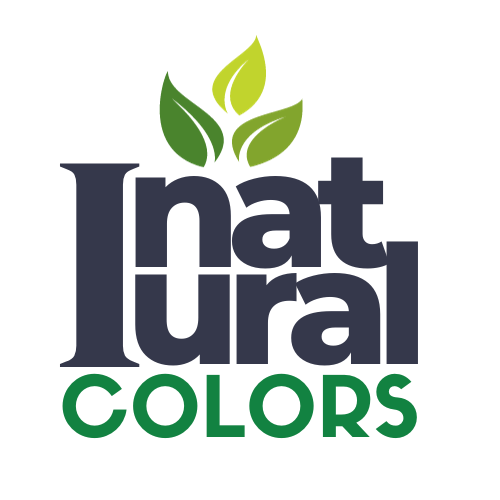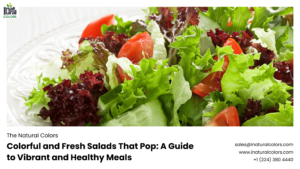Beautiful Plants For Your Interior

In a world where consumers are becoming increasingly conscious of what they put into and onto their bodies, the demand for natural products has skyrocketed. This trend extends to the realm of colorants, where synthetic dyes are being replaced by their natural counterparts. But what exactly goes into extracting natural colors, and why are they gaining such popularity? In this guide, we delve into the fascinating process behind the extraction of natural colors, exploring its benefits, applications, and future prospects.
Introduction: The Rise of Natural Colors
With growing concerns about the environmental and health impacts of synthetic additives, there has been a significant shift towards natural alternatives in various industries, including food, cosmetics, and textiles. Natural colors, derived from plant, animal, and mineral sources, offer a safer and more sustainable option compared to their synthetic counterparts.
Understanding Natural Color Extraction Process
The process of extracting natural colors is as diverse as the sources themselves. Here’s a breakdown of some common methods:
Plant-Based Extraction: Plants are one of the most abundant sources of natural colors. Pigments are extracted from flowers, fruits, vegetables, and herbs through processes such as maceration, solvent extraction, or steam distillation.
Animal-Based Extraction: Certain animal sources, such as insects and shellfish, contain pigments that can be used as natural colorants. For example, cochineal extract, derived from the cochineal insect, produces vibrant red hues.
Mineral-Based Extraction: Minerals like iron oxide and titanium dioxide are naturally occurring substances that can be processed to obtain a range of colors. These mineral pigments are commonly used in cosmetics and skincare products.
Microbial Fermentation: Some natural colors are produced through microbial fermentation, where microorganisms are used to biosynthesize pigments. This method offers a sustainable and eco-friendly alternative to traditional extraction methods.
Benefits of Natural Colors
The growing preference for natural colors can be attributed to a multitude of benefits:
Safety: Unlike synthetic dyes, natural colors are free from harmful chemicals and additives, making them safer for consumption and skin contact.
Sustainability: Natural color extraction often involves renewable resources and eco-friendly processes, reducing environmental impact.
Health Benefits: Many natural colors contain bioactive compounds with potential health benefits, such as antioxidants and vitamins.
Consumer Appeal: With increasing awareness about health and sustainability, products labeled with natural colors have a strong appeal to consumers seeking transparency and authenticity.
Applications of Natural Colors
The versatility of natural colors makes them suitable for a wide range of applications:
Food and Beverages: Natural colors are extensively used in the food and beverage industry to enhance the visual appeal of products without compromising on quality or safety.
Cosmetics and Personal Care: From lipsticks to skincare products, natural colors are becoming increasingly popular in cosmetics and personal care items due to their gentle and skin-friendly properties.
Textiles and Dyes: Natural dyes offer an eco-friendly alternative to synthetic dyes in the textile industry, catering to the growing demand for sustainable fashion.
Pharmaceuticals: Natural colors are also utilized in pharmaceutical formulations, providing a natural and safe option for coloring medicinal products.
Future Outlook and Challenges
Despite the growing popularity of natural colors, the industry still faces certain challenges, such as limited availability of raw materials, variability in color stability, and regulatory hurdles. However, advancements in extraction technologies, coupled with increasing consumer demand for clean label products, are driving innovation in the natural color market.
As we continue to prioritize sustainability and health in our purchasing decisions, the demand for natural colors is expected to soar, paving the way for a brighter, more colorful future.
Conclusion
The process of extracting natural colors is a fascinating journey that begins with nature’s bounty and culminates in vibrant hues that enrich our lives. As consumers increasingly embrace clean label products, the demand for natural colors will only continue to grow, driving innovation and sustainability across industries.
Unlock the power of nature’s palette and experience the beauty of natural colors in your everyday life.



